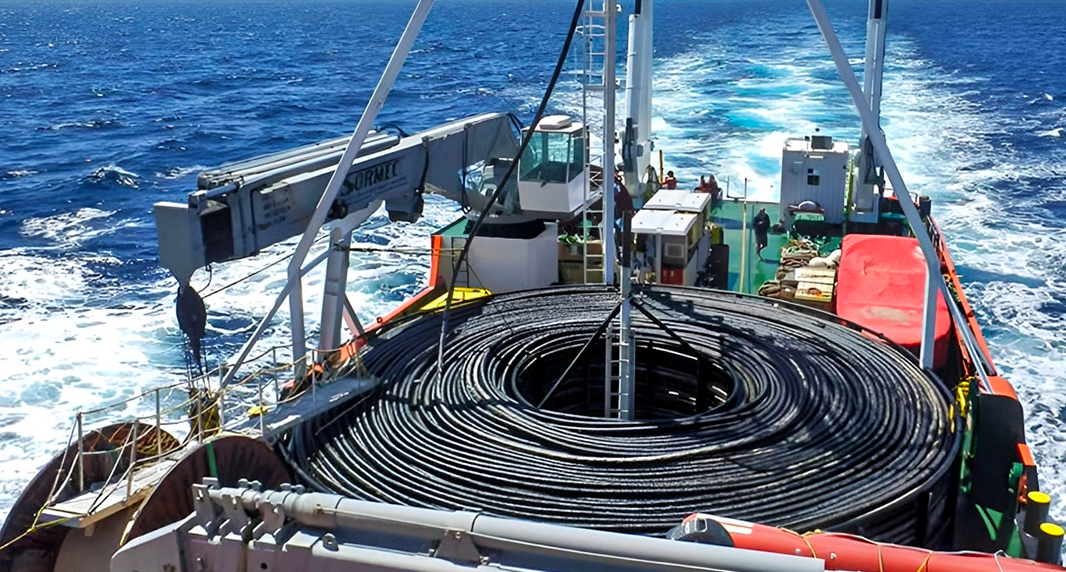A 96-hour deadline has been set by French company Nexans for ADMIE and Cypriot authorities to resolve obstacles threatening the completion of the Great Sea Interconnector.
After marathon negotiations that continued through yesterday, it was announced late last night that a preliminary agreement was reached between the involved parties (ADMIE, the European Commission, the energy ministries of both countries and regulatory authorities). This development reflects the Greek government’s efforts to use every possible means to remove uncertainties that could impact its agenda ahead of the Thessaloniki International Fair (TIF).
This agreement secures a significant victory for the Greek Transmission System Operator on the contentious issue of cost recovery for the electrical interconnection. ADMIE will be able to collect 25 million euros annually, totaling 125 million euros for the project’s first five years. The remaining amount will be recovered during the project’s operational phase. These funds will not come directly from consumers, which had been a sticking point for the Cypriot regulator, but from revenue generated by the trading of emission rights.
Last week, Newmoney extensively covered the issue, reporting on the discussions from the August 23 videoconference and the pressure applied by the Greek side for the Cypriots to agree to the use of CO2 revenue, which appeared to be the only way out of the project’s deadlock.
The preliminary agreement on cost recovery during the construction phase from 2025 to its operational start in 2030 temporarily defused the threat of freezing the project, which had been announced by Nexans on September 2, exerting strong pressure on both the Greek and Cypriot governments.
With the agreement reached yesterday between the two countries, there is now a deadline of Friday. By then, Cyprus must approve the new regulatory framework to ensure that uncertainties are cleared. Conversely, ADMIE has agreed to be flexible regarding the Cypriots’ reluctance to take on geopolitical risks, an issue that is being left for the Cypriot government to address.
The Permissible Revenue
The path to the September 6 deadline is short and other issues must be resolved to complete the agreement. The first and most immediate is the determination of the WACC (Weighted Average Cost of Capital), a crucial factor in the Greek Cypriot equation that must be finalized by Friday.
ADMIE is seeking 8.3% from the Cypriot regulator for 17 years and 9% from the Greek regulator. According to the Cypriot regulator’s methodology, the WACC for the project from the Euroasia Interconnector period (under previous management) is set at 8.3% for 12 years, then 4.6%, which is very low. The permitted revenue approved by the Greek Regulatory Authority for Energy is reported to be slightly above 7%, significantly lower than ADMIE’s desired WACC of 9%. To meet ADMIE’s demands and bridge the differences, a new round of negotiations with a very strict framework will likely be necessary.
Recent Developments
Recent developments around the cable project have been surprising. Yesterday afternoon, the scheduled videoconference among all parties, initiated by the Cypriot regulator, was postponed. However, it appears that discussions between the two countries continued, and shortly after, the new framework, agreed upon by the involved parties last week, was announced.
Ask me anything
Explore related questions





